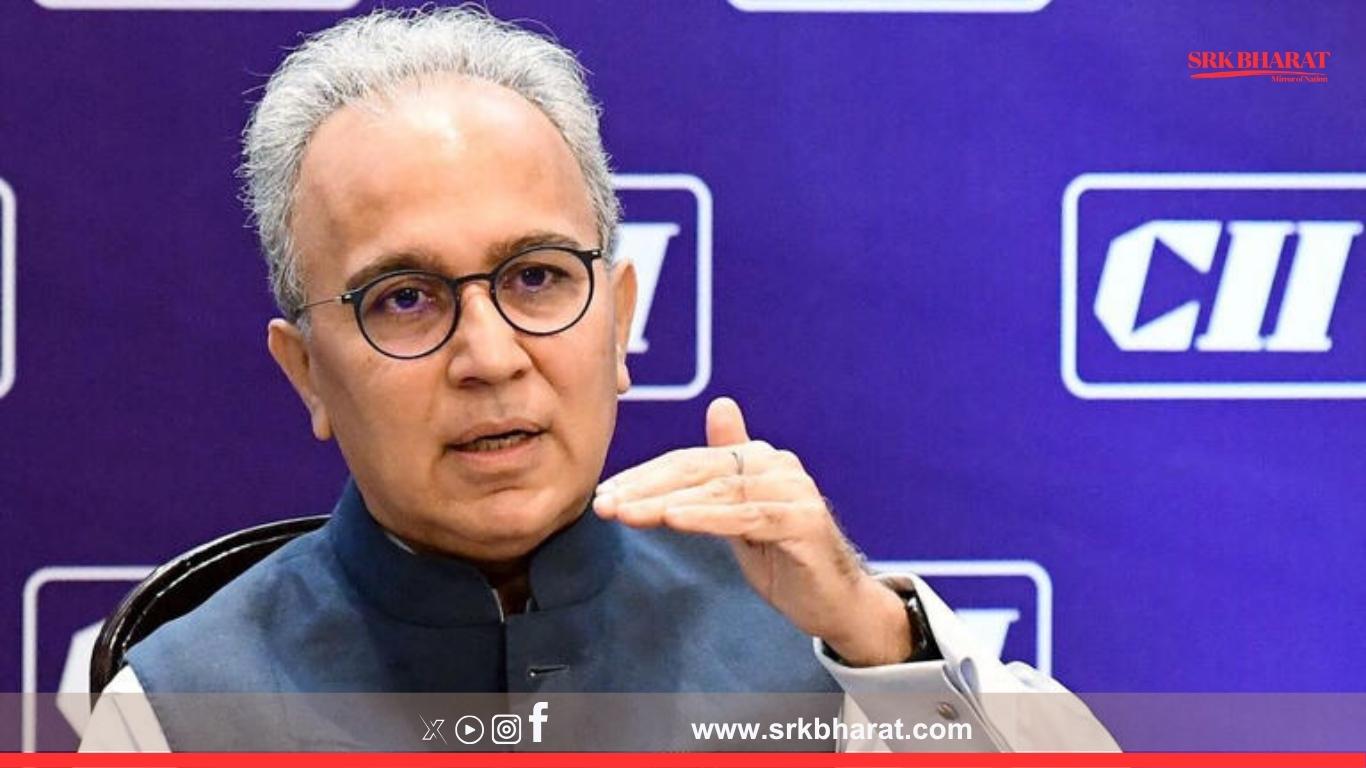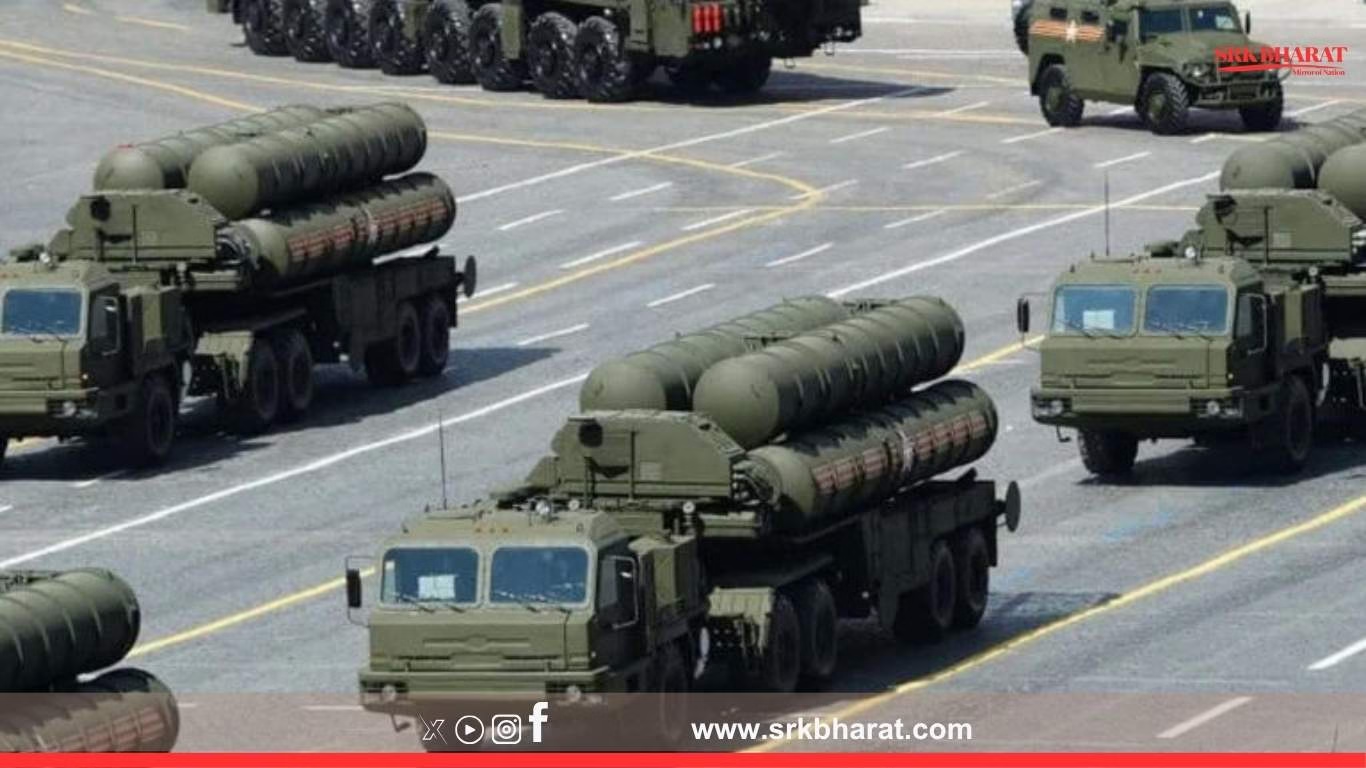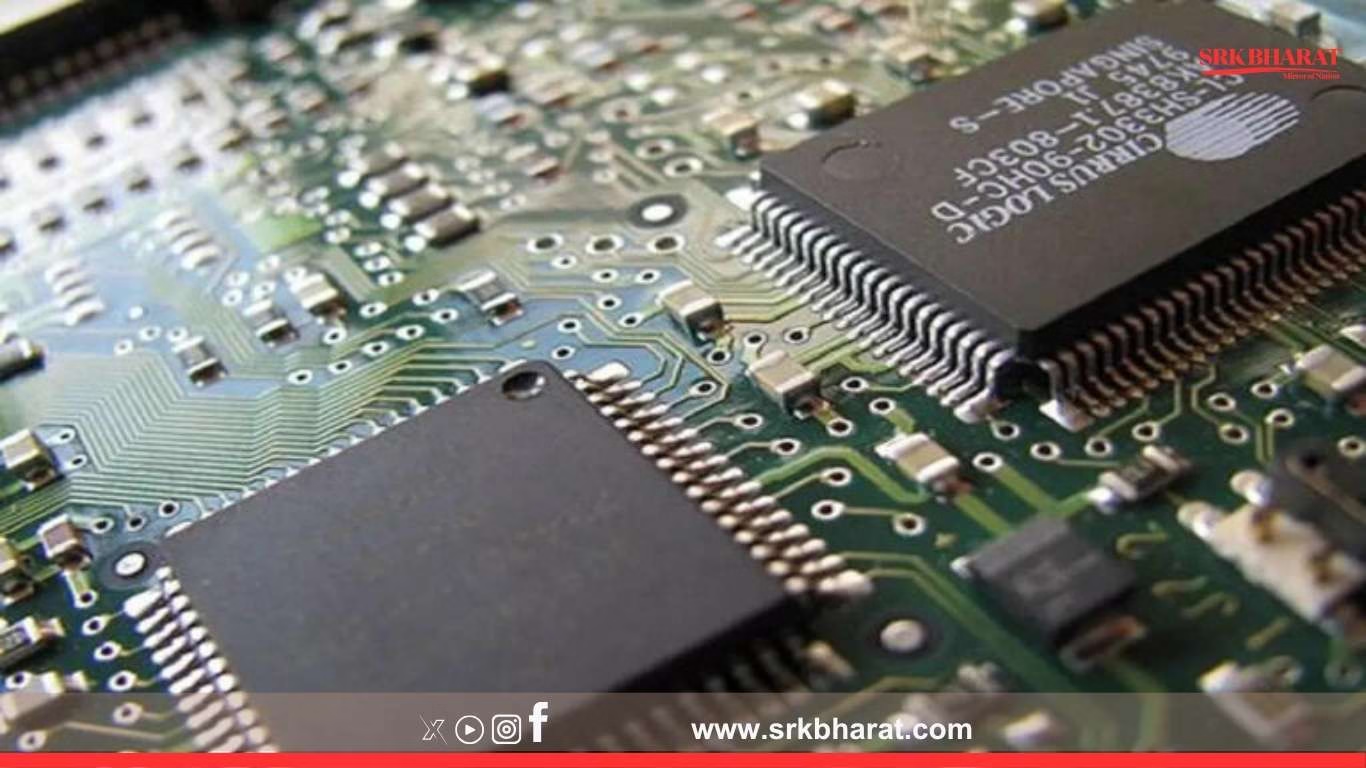India is on the cusp of achieving consistent 7-8% GDP growth over the next decade if it successfully executes a robust manufacturing strategy and policy reforms, according to Rajiv Memani, newly appointed President of the Confederation of Indian Industry (CII) and Chairman of EY India. Speaking at the CII National Council Meeting, Memani outlined the chamber’s vision to position India as a global economic powerhouse through targeted interventions across manufacturing, services, and technology-led sectors.
Key highlights from Memani’s address
- Growth potential intact: India is well-placed to sustain 7-8% annual GDP growth, leveraging its strong domestic demand, favourable demographics, and digital infrastructure leadership.
- Manufacturing pivot essential: Without a significant increase in manufacturing share of GDP, it will be difficult to absorb the annual 12 million entrants into the workforce and maintain employment-intensive growth.
- Global supply chain diversification: The China+1 strategy provides India a unique window to integrate deeply with global manufacturing and supply chains, especially in electronics, chemicals, auto components, renewables, and defence.
- Policy and execution clarity: Speedy land acquisition, labour reforms, regulatory predictability, and lower compliance burden remain prerequisites to achieve manufacturing competitiveness.
- Focus on innovation and digital ecosystems: Startups, digital payments, and AI-driven productivity gains will continue to bolster services sector growth and productivity.
Manufacturing as the next big growth driver
| Sector | Current Contribution to GDP | Targeted Contribution by 2030 |
|---|---|---|
| Manufacturing | ~16% | 25% |
| Services | ~54% | Maintain with value addition |
| Agriculture | ~18% | Reduce proportion through industrial jobs |
Memani highlighted that manufacturing must become India’s job engine, noting:
“If India does not pivot to manufacturing-led growth now, the demographic dividend risks becoming a demographic liability.”
Sectoral opportunities identified
- Electronics and semiconductors: Harnessing Production-Linked Incentive (PLI) schemes to emerge as a key hub in global smartphone and semiconductor assembly.
- Green energy manufacturing: Solar modules, green hydrogen, and battery storage systems as India chases net-zero targets.
- Defence manufacturing: Leveraging Atmanirbhar Bharat to substitute imports and become a global exporter of aerospace and defence equipment.
- Pharmaceuticals and chemicals: Strengthening India’s position as the pharmacy of the world, expanding API production capacities.
- Automotive and EVs: Transition to EV ecosystem with battery and component localisation to retain India’s auto manufacturing advantage.
Challenges to manufacturing expansion
Despite policy optimism, Memani warned of several hurdles:
- Infrastructure bottlenecks: Port congestion, limited integrated industrial corridors, and high logistics costs.
- Regulatory delays: Clearance timelines and overlapping approvals deter quick factory setups.
- Skill gaps: Need for re-skilling and vocational training aligned to Industry 4.0 requirements.
- Trade competitiveness: High import duties on key inputs and trade barriers limiting global scale competitiveness.
Role of services and digital sector
Memani acknowledged that while manufacturing will drive job-intensive growth, India’s services sector will remain its largest GDP contributor, particularly with:
- IT and ITeS exports crossing $250 billion
- Fintech and digital payments deepening financial inclusion
- Global Capability Centres (GCCs) growing to over 2,000 in number, employing millions of engineers and MBAs
He emphasised that AI and digital adoption across sectors can enhance productivity, bridging India’s per capita income gap with middle-income countries faster.
Policy recommendations by CII
| Recommendation | Expected Impact |
|---|---|
| Lower corporate tax for large manufacturing projects | Improve global cost competitiveness |
| Accelerate Free Trade Agreements (FTAs) | Open export markets for manufactured goods |
| Invest in skilling and apprenticeships | Align workforce to Industry 4.0 |
| Streamline compliance and reduce regulatory burden | Improve ease of doing business |
| Incentivise R&D and innovation | Strengthen IP creation and product development |
Global economic context
Memani pointed out that India’s strong macroeconomic fundamentals, low external debt exposure, and large domestic market make it resilient amid global economic uncertainties, including:
- Slower Chinese growth and demand contraction
- Recessionary fears in Europe
- Geopolitical supply chain disruptions due to Russia-Ukraine and West Asia conflicts
Government alignment with CII’s vision
Finance Minister Nirmala Sitharaman, addressing the CII meet, assured continued government focus on:
- Ease of doing business reforms
- PLI expansion to new sectors
- Green manufacturing investments
- Digital public infrastructure scale-up for inclusive growth
She reiterated that manufacturing growth is critical to meeting India’s $5 trillion economy goal and beyond, echoing Memani’s concerns about employment generation and equitable growth.
Industry reaction
Business leaders across sectors welcomed Memani’s manufacturing pivot pitch. Tata Steel CEO TV Narendran said:
“Manufacturing will not only create jobs but also build industrial capabilities critical for national security and export competitiveness.”
Maruti Suzuki Chairman RC Bhargava added:
“Policy clarity, stable tariffs, and land-labour reforms are essential for manufacturers to plan decade-long investments.”
Roadmap ahead
CII under Memani’s leadership will focus on:
- Driving national manufacturing strategy execution with state-level interventions
- Enhancing MSME global competitiveness via cluster development
- Sustainability and ESG adoption in manufacturing supply chains
- Digital skilling and AI adoption to ensure future-ready workforce
- Boosting private investment sentiment through consistent policy advocacy
Final thoughts
India stands at an inflection point, with consistent 7-8% GDP growth achievable if manufacturing becomes the core engine alongside services and agriculture modernisation. Rajiv Memani’s strategic emphasis reflects industry’s confidence in India’s long-term growth story while acknowledging urgent reforms needed to unlock its full potential.
Disclaimer: This news article is for informational purposes only. It includes statements from industry leaders, economic data, and policy analyses based on recent public addresses and economic forums. Final outcomes remain subject to government policy execution and global economic trends.











